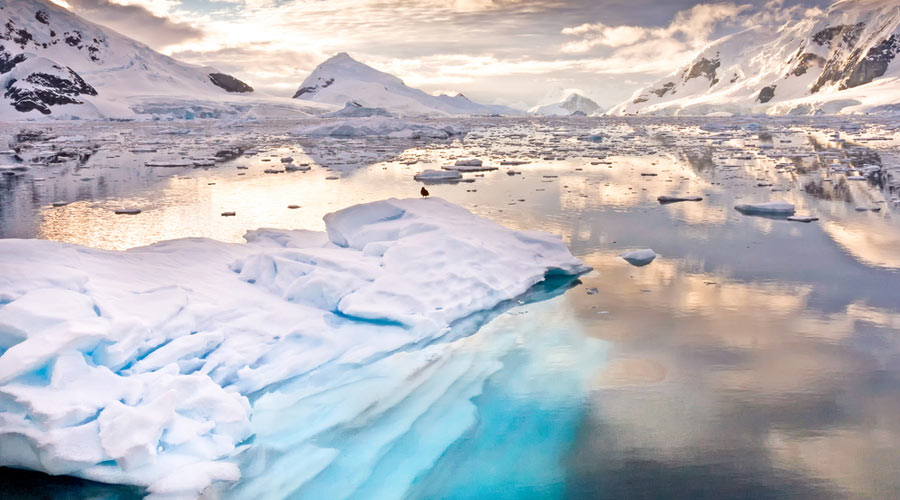Antarctic sea ice extent has been reported to have broken its last year record low, and has also recorded it sooner than when it did last year, according to a statement by the National Snow and Ice Data Center (NSIDC).
On February 13, 2023, Antarctic sea ice extent fell to 1.91 million square kilometers, it said.
This set a new record low, dropping below the previous record of 1.92 million square kilometers set on February 25, 2022, it said.
This year represents only the second year that Antarctic extent has fallen below 2 million square kilometers, the statement said.
In past years, the annual minimum occurred between February 18 and March 3, so, further decline this year is expected, it said.
With a couple more weeks likely left in the melt season, the extent is expected to drop further before reaching its annual minimum, it said.
Much of the Antarctic coast is ice free, exposing the ice shelves that fringe the ice sheet to wave action and warmer conditions, the statement said.
The NSIDC is a US information and referral centre in support of polar and cryospheric research.
NSIDC is part of the University of Colorado Boulder Cooperative Institute for Research in Environmental Sciences (CIRES), and is affiliated with the National Oceanic and Atmospheric Administration (NOAA) National Centers for Environmental Information through a cooperative agreement.
The sea ice extent has tracked well below last year's melt season levels since mid-December, according to the statement by NSIDC.
A positive Southern Annular Mode has led to stronger-than-average westerly winds. Along with a strong Amundsen Sea Low, the weather conditions have brought warm air to the region on both sides of the Antarctic Peninsula, the statement said.
This has largely cleared out the ice cover in the Amundsen and Bellingshausen Seas, and reduced the sea ice extent in the northwestern Weddell Sea, NSIDC said.
Sea ice is patchy and nearly absent over a long stretch of the Pacific-facing coastline of Antarctica, NSIDC said.
Earlier studies have linked low sea ice cover with wave-induced stresses on the floating ice shelves that hem the continent, leading to break up of weaker areas, the statement said.
Antarctic sea ice extent has been highly variable over the last several years. While 2022 and 2023 have had record low minimum extent, four out of the five highest minimums have occurred since 2008, NSIDC said.
Overall, the trend in Antarctic minimum extent over 1979 to 2023 is near zero, NSIDC said.
The current downward linear trend in the Antarctic minimum extent from 1979 to 2023 is 2,400 square kilometers per year, or 0.9 percent per decade, which is currently not statistically significant, NSIDC said.
Nevertheless, the sharp decline in sea ice extent since 2016 has fuelled research on potential causes and whether sea ice loss in the Southern Hemisphere is developing a significant downward trend, the statement said.
Except for the headline, this story has not been edited by The Telegraph Online staff and has been published from a syndicated feed.











